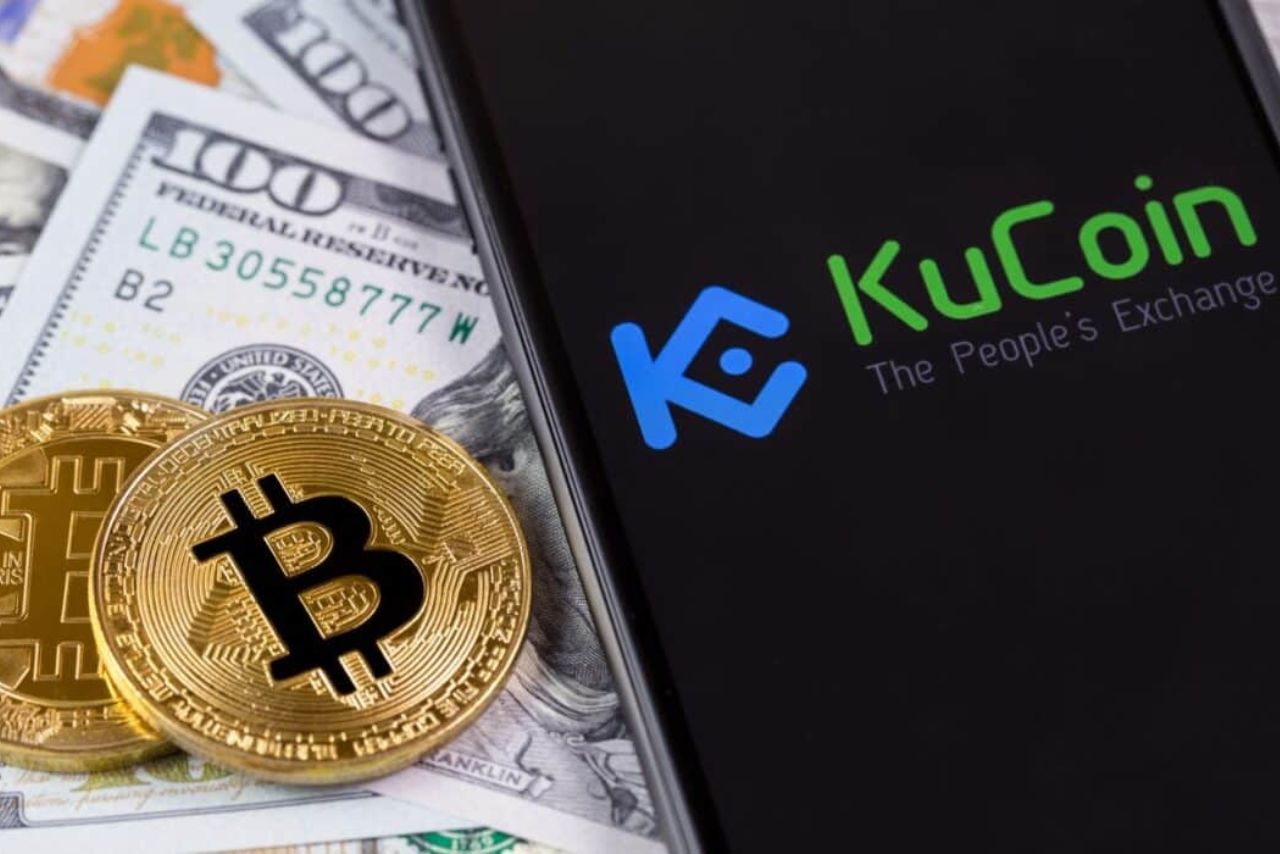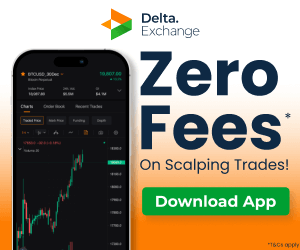On September 25, 2020, KuCoin with millions in digital assets, marking one of history’s largest exchange breaches. Stolen funds included Bitcoin, Ethereum, and stablecoins, shaking investor trust. By morning, CEO Johnny Lyu halted withdrawals, vowing full reimbursement. At the same time, blockchain trackers scrambled to trace the loot.
How Hackers Breached KuCoin’s Vaults
The attackers exploited KuCoin’s hot wallet private keys, accessing funds stored online for quick transactions. Surprisingly, cold wallet offline storage remained untouched.
By 19:05 UTC, abnormal withdrawals triggered alarms. Hackers moved 8,709 ETH first, followed by 1,008 BTC and millions in XRP and Litecoin. Investigators later suspected phishing or social engineering, though KuCoin never confirmed specifics.
A Race Against Time
Within hours, KuCoin partnered with blockchain firms like Chainalysis. By October 2, hackers split 1,008 BTC into two wallets: 201 BTC and 807 BTC. They converted altcoins into 875 BTC, funnelling 683 BTC into mixers like ChipMixer. Meanwhile, 50,001 USDT_ETH moved to exchanges like Uniswap and MXC. Despite hurdles, investigators froze $204 million by October 3.
Laundering Through Decentralised Exchanges
Critically, hackers turned to decentralised finance (DeFi) platforms. Using Uniswap and Kyber Network, they swapped stolen ERC-20 tokens for Ethereum, bypassing KYC checks.
For example, 12,552 LINK tokens became 360 ETH instantly. DeFi’s anonymity initially shielded them, but Chainalysis tracked most transactions. By September 29, $19.5 million had already been laundered.
KuCoin Fights Back
KuCoin’s rapid response limited damage. Tether and Bitfinex blacklisted hacker addresses, freezing $22 million in USDT. CEO Lyu activated an insurance fund, reassuring users. By November, 84% ($239 million) was recovered through partnerships and law enforcement. The remaining 16% ($45.5 million) came from KuCoin’s reserves, ensuring no customer losses.
Lessons Learned and the Road Ahead
The hack exposed vulnerabilities in hot wallet security and DeFi’s risks. However, KuCoin’s transparency set a precedent. By February 2021, 78% of funds were reclaimed via exchanges, 6% through authorities, and 16% via insurance.
Despite links to North Korea’s Lazarus Group, KuCoin rebounded, restoring services fully by November 2020. Today, it remains a top exchange, emphasising tighter safeguards.
Conclusion
The KuCoin hack tested crypto’s resilience, proving collaboration can thwart even sophisticated attacks. While DeFi complicates tracking, tools like Chainalysis offer hope.
For investors, the message is clear: exchanges must prioritise security, but recovery is possible with swift action and industry unity. As KuCoin showed, even a $285 million storm can be weathered.
Written By Fazal Ul Vahb C H




